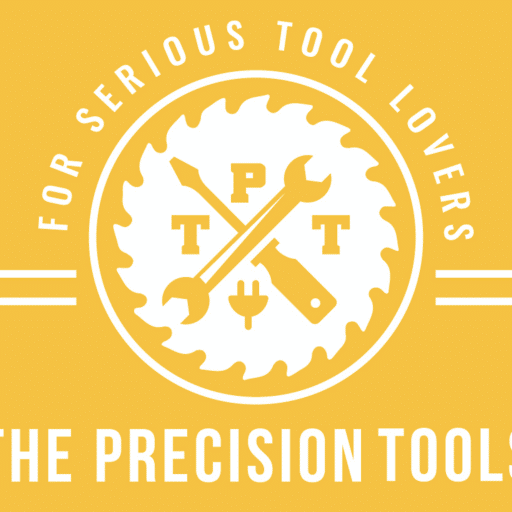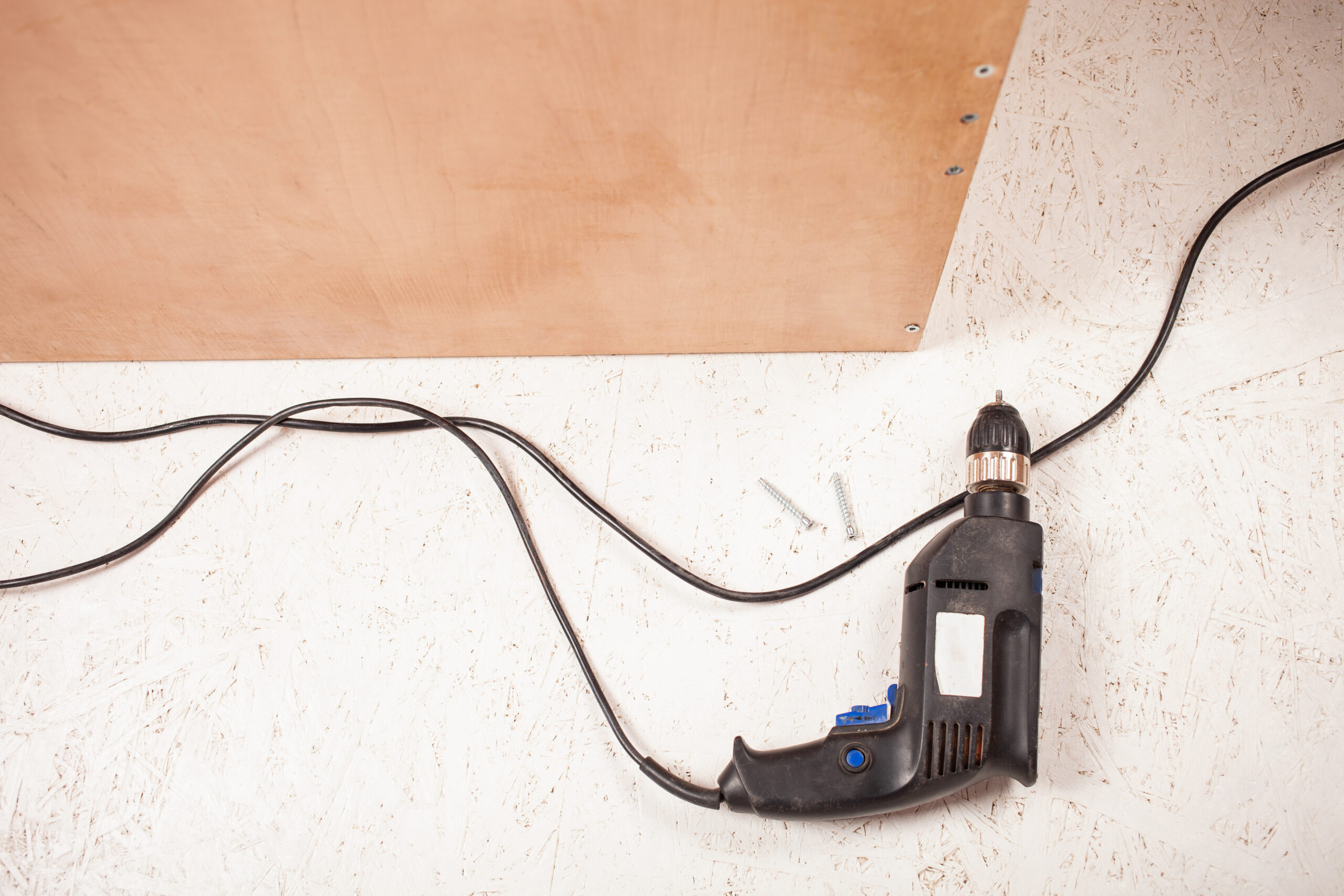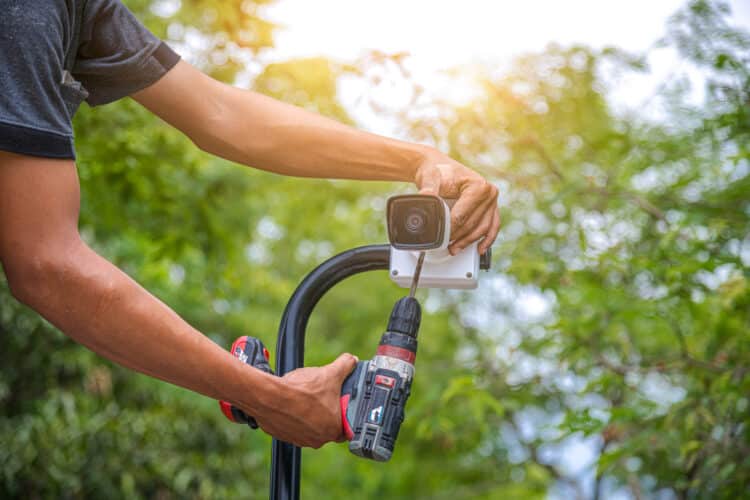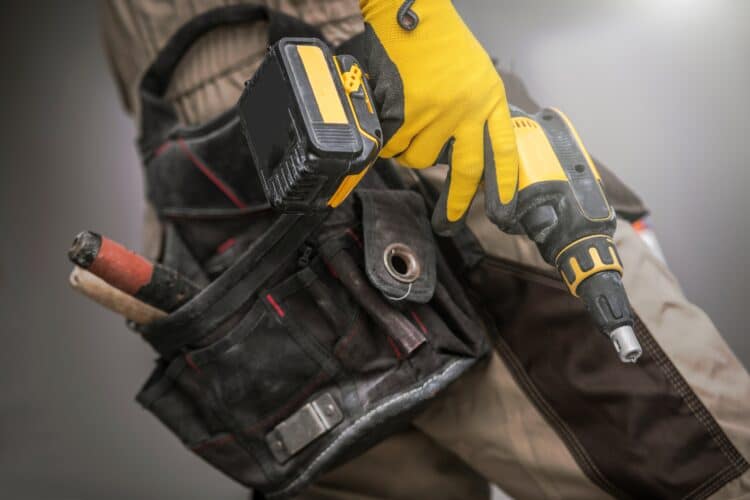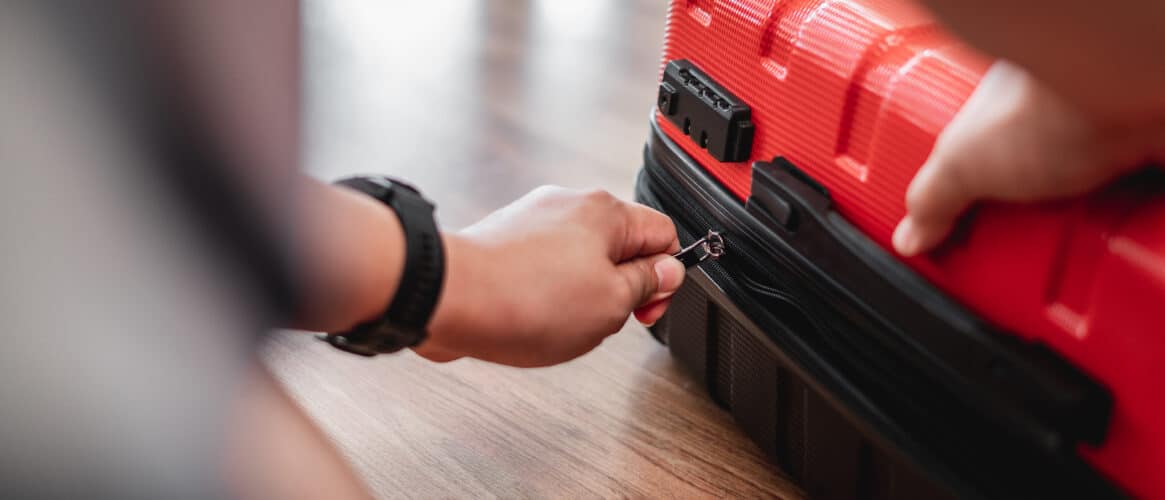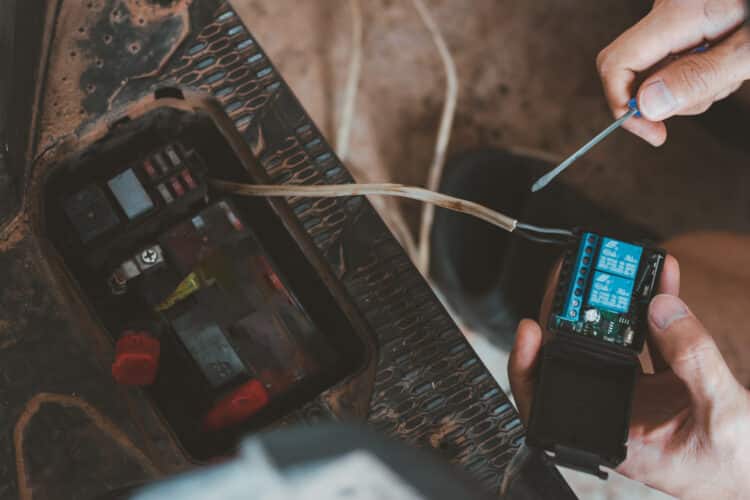Why Isn’t My Drill Going Through Wood?
Key Takeaways
- A dull drill bit can cause a drill to struggle to penetrate wood
- Using the wrong type of drill bit for the material can hinder drilling progress
- The speed and pressure at which the drill is operated can significantly impact its ability to penetrate wood
If you’ve ever encountered the frustration of a drill not going through wood as expected, you’re not alone. There are several factors that can contribute to this issue, and understanding them can help you troubleshoot and overcome the problem. In this article, we will explore the various reasons why your drill may be struggling to penetrate wood and provide practical solutions to address each issue.
Dull Drill Bit
One common reason why a drill may not go through wood is a dull drill bit. Over time, drill bits can become worn, losing their sharpness and effectiveness. When a drill bit is dull, it struggles to cut through the wood efficiently, causing it to spin in place instead of making progress. If you notice that your drill bit is not making clean and precise holes, it may be time to replace it with a new one.
Incorrect Drill Bit
Using the wrong type of drill bit can also hinder your drilling progress. Different materials require different drill bits for optimal results. For example, using a wood drill bit on metal will not provide the desired outcome. It’s important to ensure that you are using the correct drill bit for the specific material you are working with. Using the appropriate drill bit will enhance the efficiency and effectiveness of your drilling process.
Wrong Drill Speed
The speed at which you operate your drill can significantly impact its ability to penetrate wood. If the drill speed is too low, the drill bit may struggle to make its way through the wood. On the other hand, if the speed is too high, it can cause the wood to burn. Finding the right balance is crucial for successful drilling. Adjusting the drill speed to an appropriate level can help you achieve optimal results.
Lack of Pressure
Applying the right amount of pressure while drilling is essential for creating clean and precise holes in wood. Insufficient pressure can result in a slow and ineffective drilling process, while excessive pressure can cause the wood to split. Finding the optimal amount of pressure requires practice and experience. By applying the appropriate pressure, you can ensure that your drill bit smoothly penetrates the wood without causing any damage.
Additional Factors
While the aforementioned reasons are the most common culprits for a drill not going through wood, there are a few other factors that can contribute to this issue:
- Wood Density: Particularly dense wood can be more challenging to drill through, requiring a more powerful drill or a different type of bit.
- Drill Power: If your drill lacks sufficient power, it may struggle to break through the wood. In such cases, upgrading to a more powerful drill can resolve the issue.
- Wood Condition: Dry wood can be harder to penetrate, making it more difficult for the drill bit to cut through. In such cases, adding lubrication can help ease the drilling process.
- Bit Length: Using a drill bit that is not long enough may prevent it from reaching the end of the wood. Ensure that you are using a bit that is appropriate for the depth of the hole you need to drill.
- Mechanical Issues: In rare cases, a drill may have mechanical issues or defects that hinder its performance. If you have exhausted all other troubleshooting options and the problem persists, it may be worth checking the drill itself for any potential issues.
By considering these possible causes and implementing the recommended solutions, you can significantly improve your drill’s ability to penetrate wood effectively. Remember to always prioritize safety while working with power tools and wear appropriate protective gear.
Troubleshooting Steps
To troubleshoot a drill that is not drilling into wood, you can follow these steps:
- Check if the drill bit is dull. If it is, replace it with a new one.
- Ensure you are using the correct type of drill bit for wood.
- Adjust the drill speed to an appropriate level.
- Apply sufficient pressure while drilling.
- Consider pre-drilling pilot holes before drilling larger holes.
- If the issue persists, check the drill for any mechanical issues or defects.
Remember that troubleshooting steps may vary depending on the type and model of the drill being used. Always refer to your drill’s user manual for specific instructions.
Conclusion
A drill not going through wood can be frustrating, but by understanding the potential causes and implementing the appropriate solutions, you can overcome this challenge. Whether it’s a dull drill bit, incorrect drill speed, lack of pressure, or other factors, identifying the issue and taking the necessary steps can ensure successful drilling results. Remember to prioritize safety and follow the manufacturer’s guidelines when operating power tools.
Related Websites:
- DIYGuidance.com – Drill Not Going Through Wood
- Drillay.com – Why Won’t My Drill Go Through Wood?
- WoodenBowties.com – Why Every Time I Drill a Wood Stud, My Drill Won’t Go All the Way to the End of the Bit?
- Powermentools.com – How to Drill Into Wood
- Carpentry-tips-and-tricks.com – How to Drill Wood
- BobVila.com – Drilling with Care
FAQs:
Q: Why is my drill not going through wood?
There could be several reasons why your drill is not going through wood. Factors such as the type and specifications of your drill, the type and thickness of the wood, and the selection and condition of the drill bit can all affect drilling performance. Understanding these factors will help you troubleshoot the issue effectively.
Q: What should I do if my drill doesn’t have enough power?
Insufficient power can greatly impact your drill’s performance. Make sure to fully charge your drill before use and use a suitable battery for your drill model. This will ensure maximum power and efficiency during drilling.
Q: Why is it important to use the correct drill bit for wood?
Using the correct drill bit for wood is crucial as it ensures optimal drilling performance. Wood drill bits are specifically designed for wood, offering better control and reduced risk of damage. Different wood types may require different drill bits, so it’s essential to select the right one for the job.
Q: How does a dull or damaged drill bit affect drilling?
Dull or damaged drill bits can significantly impact drilling performance. They may lead to slow and inefficient drilling, splintering of wood, or even cause the drill to get stuck. Regularly inspect and replace your drill bits to maintain optimal performance and ensure clean and smooth drilling.
Q: What techniques can improve drill penetration through wood?
To improve drill penetration through wood, it’s important to apply consistent pressure while drilling and use the drill’s torque settings appropriately. Additionally, employing proper drilling techniques, such as starting with a pilot hole or using a backer board, can enhance efficiency and prevent wood damage.
